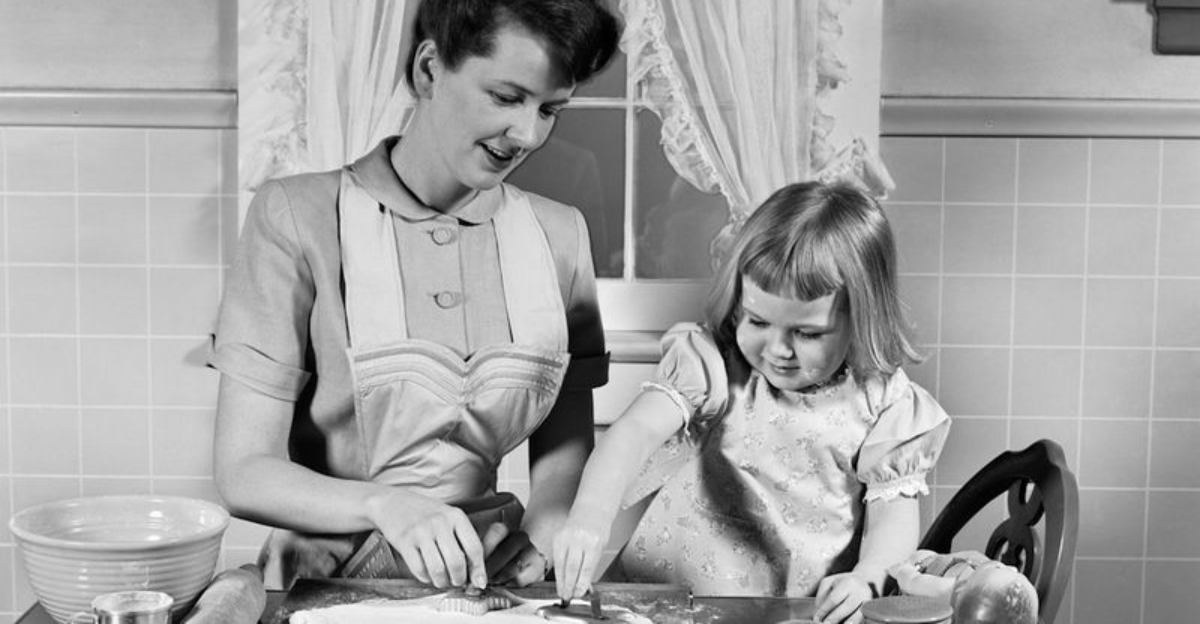15 Childhood Realities That Hit Hard If You’re A Boomer
The generation known as the Baby Boomers, born between 1946 and 1964, experienced a unique set of childhood realities. These formative years were shaped by cultural norms, family dynamics, and lifestyle choices from the mid-20th century.
As we reminisce about these times, we uncover 15 distinct elements of a Boomer’s childhood that evoke nostalgia and reflection. From communal living experiences to the simple joys and challenges of everyday life, these realities paint a vivid picture of a bygone era.
Each item reflects the societal norms and personal anecdotes that characterized this generation’s upbringing, offering a glimpse into a world both familiar and vastly different from today.
1. Sharing one phone for the whole household

The household phone, often located in the living room or hallway, was a central communication hub. This single, rotary device connected families to the outside world. Waiting for your turn was a lesson in patience. Imagine the thrill when it finally rang! Kids learned to memorize numbers and etiquette.
Conversations were sometimes overheard by family members, adding a layer of community to every call. This shared experience maintained a sense of family unity. Today, with personal smartphones, such communal moments are rare, making this memory all the more precious.
2. Drinking from garden hoses on summer days
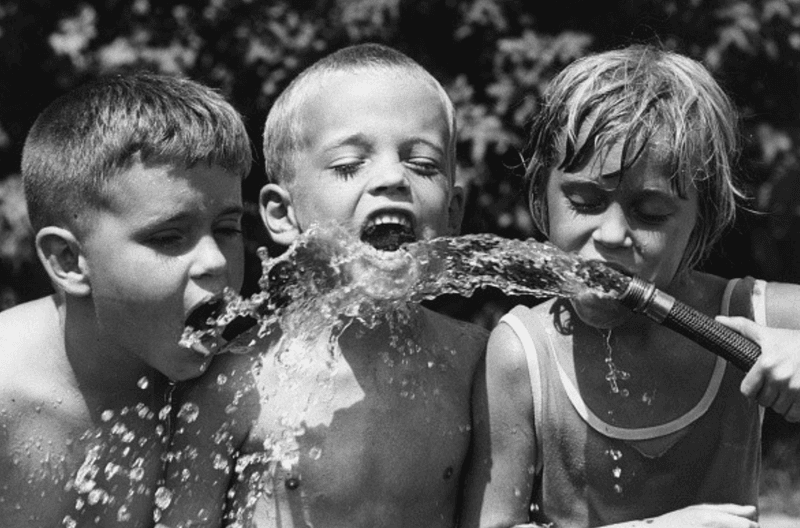
Ah, the refreshing taste of hose water! On hot summer days, neighborhood kids quenched their thirst straight from the garden hose. The slightly metallic taste was oddly satisfying. Parents weren’t worried about germs; it was just part of childhood exploration.
These moments fostered friendships and outdoor play. Today, bottled water has replaced such simple delights. Reminiscing about drinking from garden hoses brings a smile and a reminder of carefree summers spent outdoors, where the backyard was a world of adventure and imagination.
3. Walking to school alone from a young age
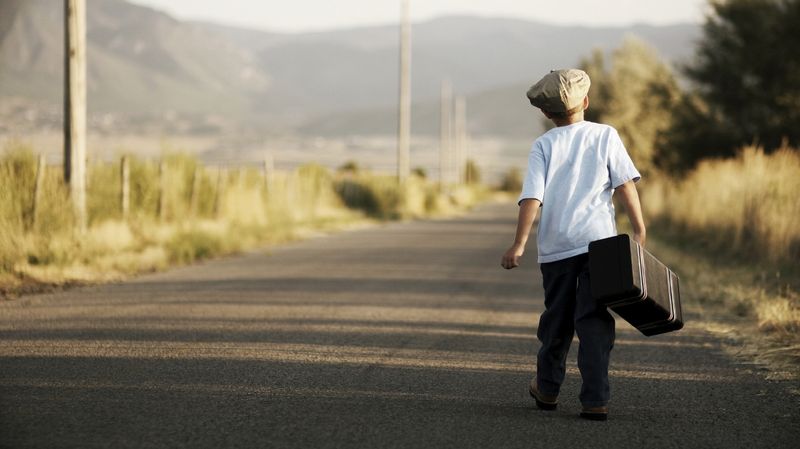
In the 1950s, independence was nurtured early. Children as young as six walked to school alone or with friends. Streets were deemed safe, and the journey was part of growing up. These walks encouraged responsibility and adventure.
There were no GPS or cell phones, just innate curiosity and trust in the community. Today, such autonomy for young children is rare. Remembering these walks evokes a sense of freedom and the vibrant community spirit of the past, where neighbors watched out for each other’s kids.
4. Getting spanked as ‘normal discipline’
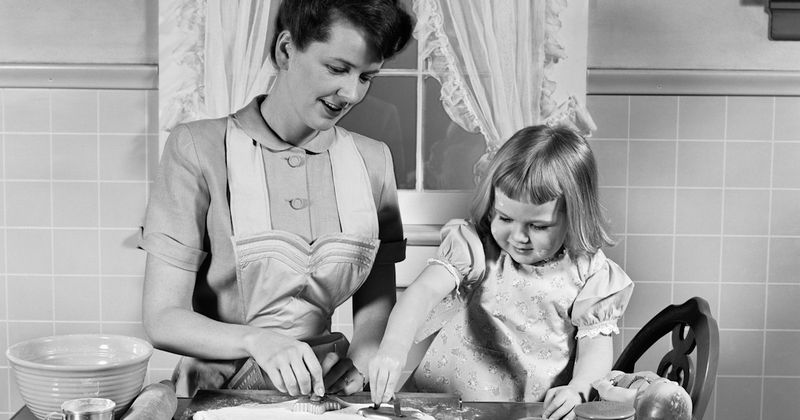
Discipline in Boomer childhood often included spanking, considered a normal part of parenting. It was believed to instill respect and good behavior. Parents wielded authority with a firm hand, yet love was never questioned. Such practices today are viewed differently, emphasizing dialogue over physical discipline.
Reflecting on these experiences opens a dialogue on evolving parenting styles and values. While controversial now, it reminds us of generational shifts in understanding child development and family dynamics, highlighting how perspectives evolve over time.
5. Playing outside until the streetlights came on
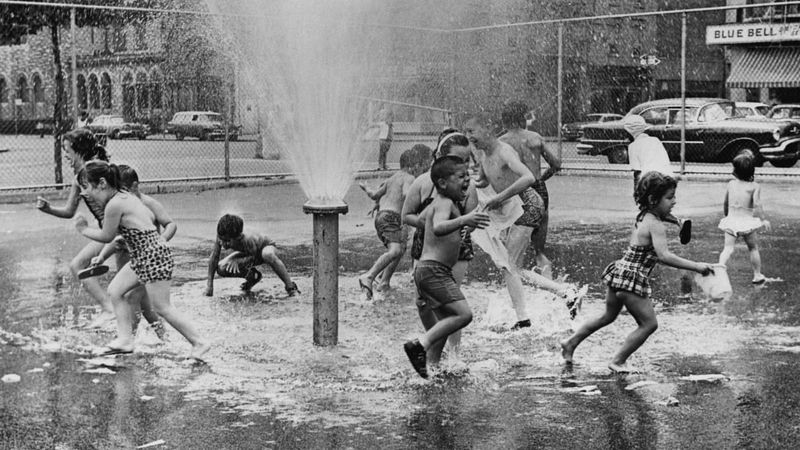
The streetlights were the unofficial curfew for outdoor play. Children roamed neighborhoods, creating their own adventures. From dawn till dusk, the world was a playground. The glow of streetlights signaled it was time to return home.
Parents trusted the environment and other families to keep kids safe. This era fostered imagination, resilience, and social skills. Today, such freedom is rare due to safety concerns. The memory of playing outside until the streetlights came on evokes a simpler, trusting time.
6. Wearing hand-me-downs without complaint
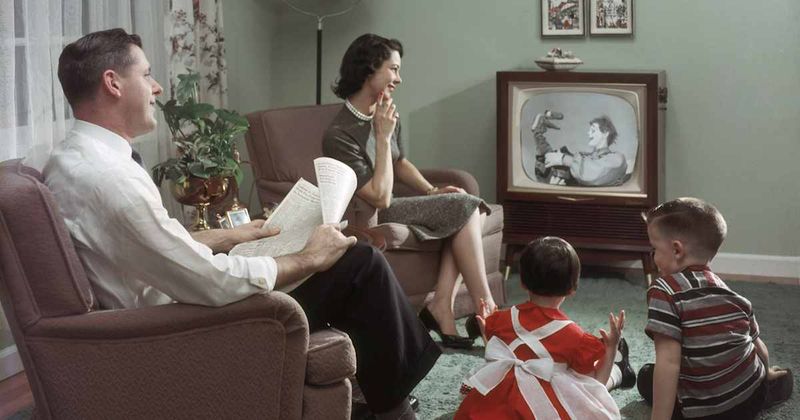
Hand-me-downs were a common part of life. Older siblings passed clothes to younger ones, teaching resourcefulness and gratitude. Children learned to value practicality over fashion. These clothes carried stories and memories, connecting siblings.
In today’s fast-fashion world, this tradition has faded. Recalling wearing hand-me-downs highlights a time when utility and family ties mattered most, offering a lesson in sustainability and family bonding that is often lost in contemporary consumer culture.
7. Eating dinner together every single night
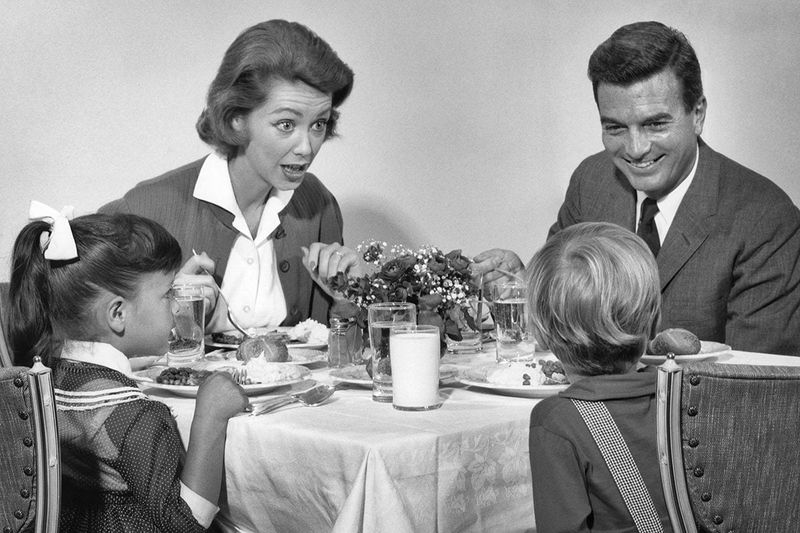
Dinner time was family time. Every evening, families gathered around the table to share a meal and stories from the day. This ritual reinforced bonds and taught kids manners and communication skills. The absence of digital distractions meant conversations were engaging and earnest.
Today, with busy schedules and technology, such moments are less frequent. Remembering nightly family dinners highlights the importance of connection and traditions, reminding us of the value in setting aside time for loved ones.
8. Writing letters instead of making calls

Before the age of instant communication, writing letters was a primary way to stay in touch. Children learned the art of letter-writing, expressing thoughts and feelings on paper. This practice taught patience, anticipation, and the joy of receiving a handwritten response.
Today, digital messaging has largely replaced this. The memory of writing letters embodies a time of thoughtful communication and meaningful connections, where each letter was a personal treasure to be cherished.
9. Saving every penny for special purchases

Saving for something special was a lesson in patience and value. Children cherished their piggy banks, filled with coins earned from chores or gifts. Each penny saved was a step closer to a coveted toy or book. This practice instilled financial responsibility and appreciation for hard-earned money.
In a world of instant gratification, such experiences stand out. Remembering the patience of saving pennies evokes a time of disciplined hopes and dreams, emphasizing the value of waiting and working for desires.
10. Watching cartoons only on Saturday mornings

Saturday mornings were magical, reserved for cartoons. This was the only TV time dedicated to children, a reward for a week of school. Kids eagerly awaited their favorite shows, huddled around the television. The limited access made the experience special and cherished.
Today, with 24/7 streaming, the anticipation is lost. Remembering the joy of Saturday morning cartoons highlights a time when simple pleasures were treasured, and the week’s end brought a little slice of animated delight.
11. Using encyclopedias for school reports
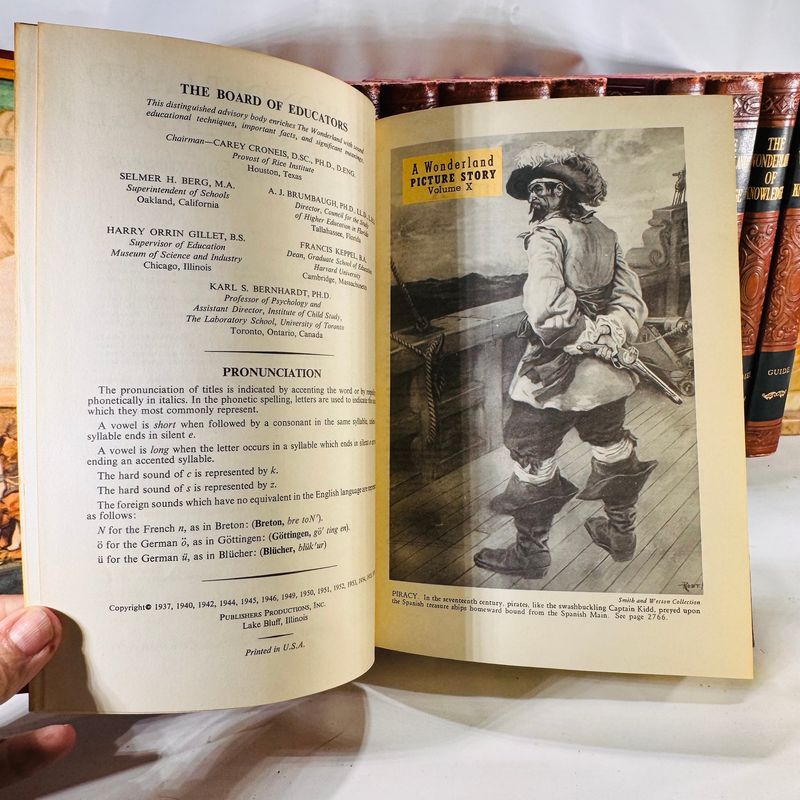
Research meant turning pages, not clicking links. Encyclopedias were the go-to sources for school reports. Children learned to navigate these hefty volumes, finding satisfaction in discovery. This process fostered critical thinking and an appreciation for knowledge.
Today, with the internet, information is instant but often less tangible. Recalling the use of encyclopedias evokes the excitement of learning and the tactile experience of reading, reminding us of a time when knowledge was a journey of exploration.
12. Getting just three TV channels (if lucky)
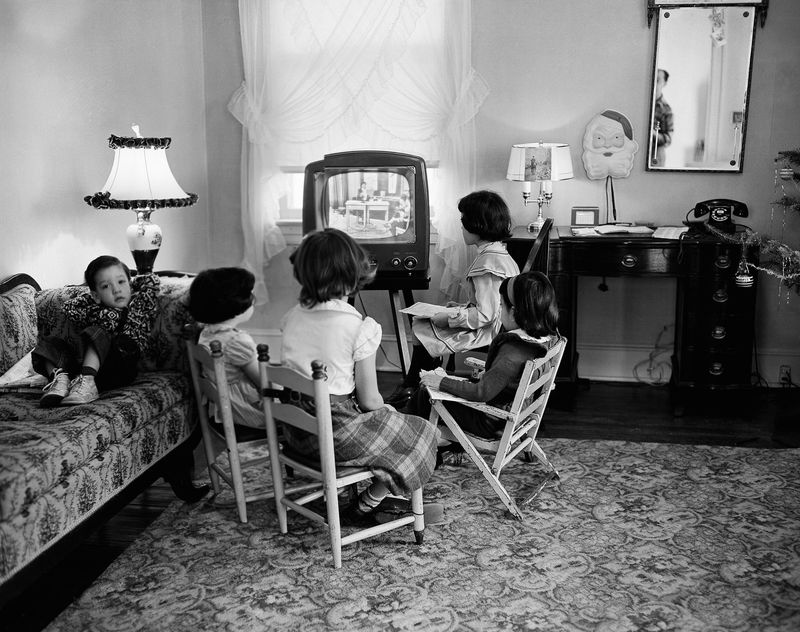
Television was a luxury with limited options. Families often had just three channels to choose from, making each program an event. Adjusting the antenna was a ritual of its own. Shows were watched together, creating shared memories.
Today, with countless channels and streaming services, such simplicity is rare. Reflecting on this limited media landscape highlights an era of collective viewing experiences and the joy of shared family entertainment, where less choice meant more connection.
13. Making friends by knocking on doors
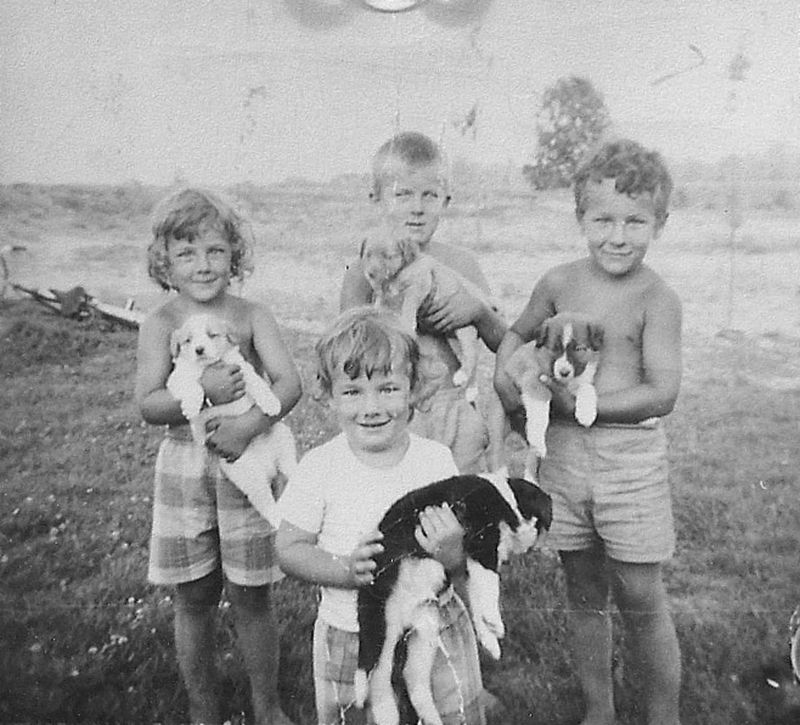
Friendships began with a knock. Children went door to door, asking if others could come out to play. This simple act encouraged bravery and social skills. Friendships were forged through face-to-face interactions, often leading to lifelong bonds.
Today, digital interactions have replaced such organic connections. Remembering the practice of knocking on doors evokes nostalgia for a time when making friends was a personal, genuine experience, fostering community and belonging.
14. Parents smoking indoors without a thought

Smoking indoors was common, a cultural norm without the health warnings known today. Homes had a distinct scent, and children grew up amid clouds of smoke. This practice reflected a different understanding of health and safety.
Today, indoor smoking is largely banned, highlighting shifts in health awareness. Reflecting on these smoky memories illustrates the stark contrasts in societal norms and health consciousness between then and now, offering a glimpse into how far public health education has come.
15. ‘Children should be seen and not heard’
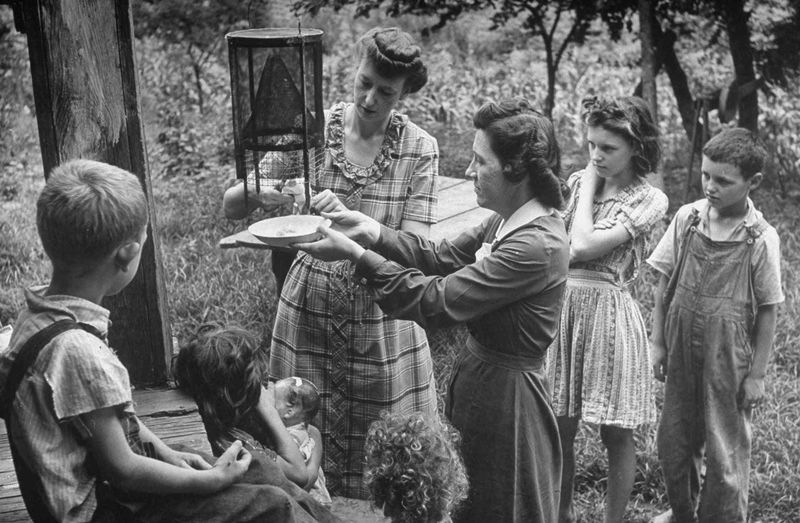
This phrase encapsulated a common belief of the time. Children were expected to be quiet in adult company, observing rather than participating. Respect for elders was paramount. This taught discipline and patience but also limited self-expression.
Today, children’s voices are more encouraged, reflecting changes in parenting philosophy. Remembering this adage highlights the evolving dynamics of family interactions, where past constraints have given way to more open, communicative relationships, emphasizing mutual respect.

